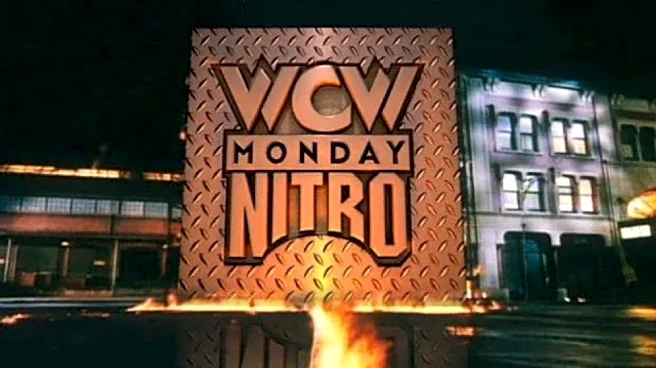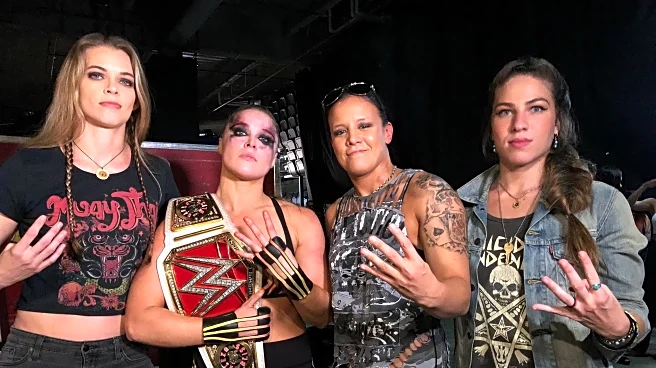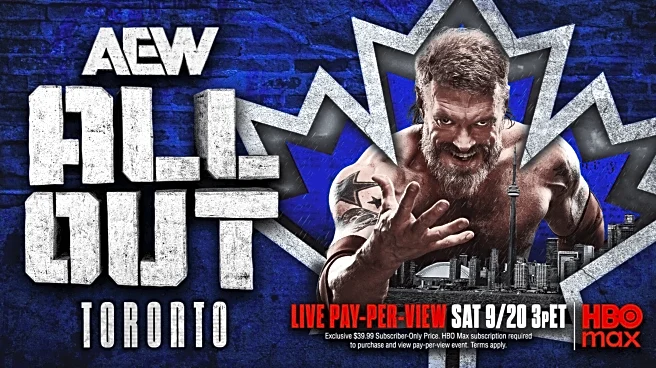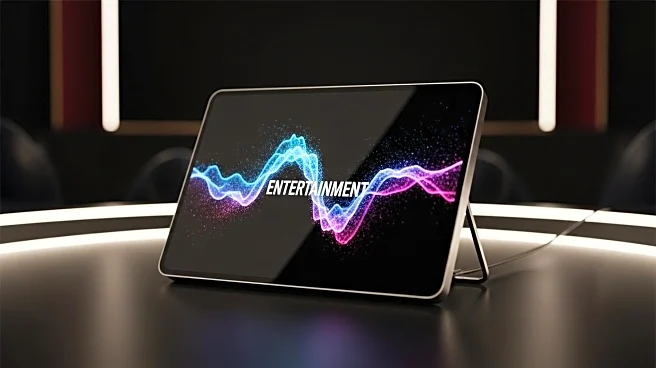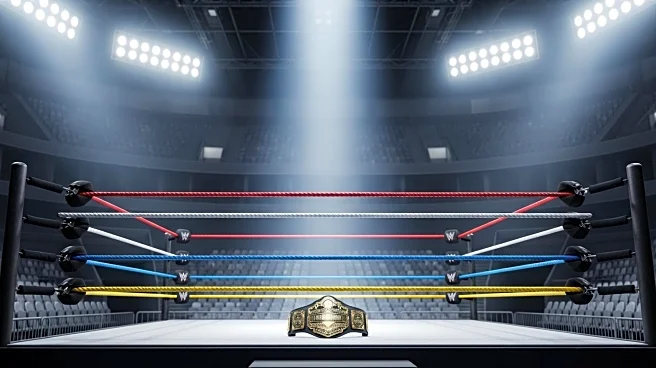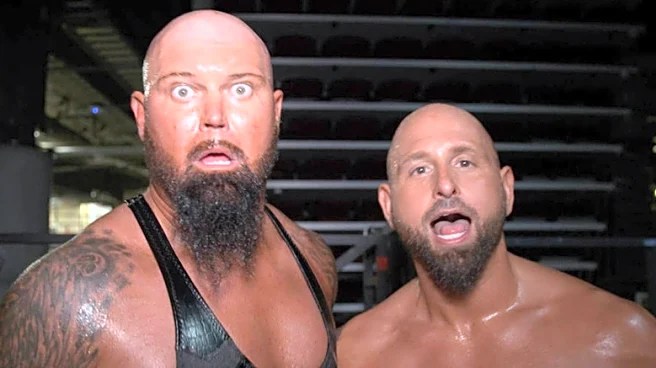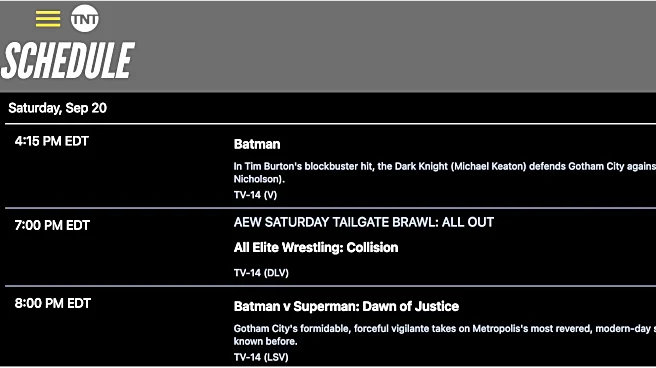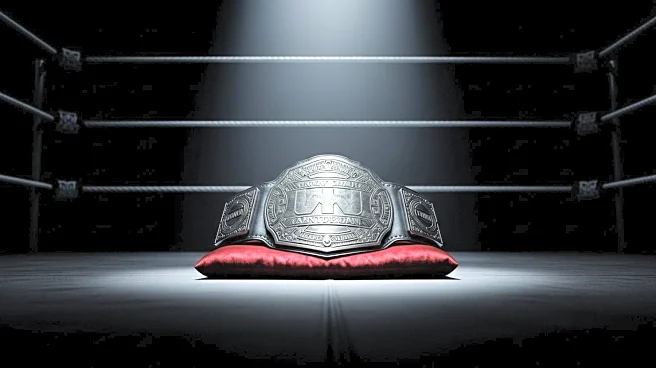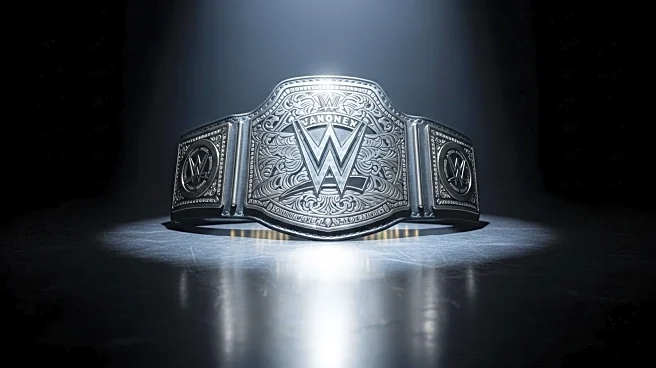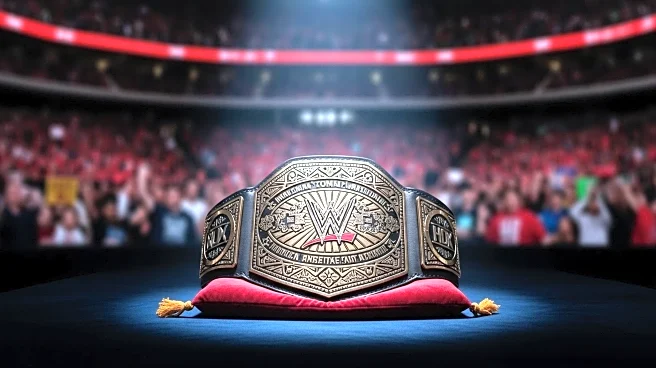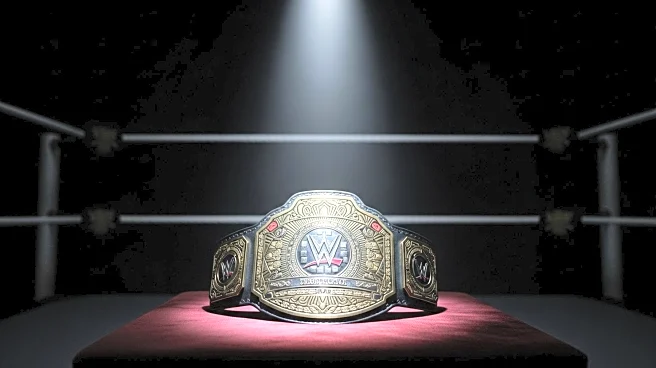
In 1995, Ted Turner — founder, chairman, and CEO of Turner Broadcasting System (TBS), which owned the TBS and TNT networks — asked WCW executive Eric Bischoff what it would take for WCW to compete with the WWF (now WWE).
Caught off guard, as the topic wasn’t on the agenda, Bischoff scrambled for an answer. At the time, WCW’s main show, WCW Saturday Night, aired at 6:05 p.m. ET. Thinking on his feet, Bischoff replied that WCW needed a primetime slot.
Without hesitation, Turner turned to his team and
said, “Give him two hours on Monday night.” This put WCW head-to-head with WWF’s flagship program, Monday Night Raw.
Suddenly, Bischoff had to deliver. To compete, he adopted a philosophy he still follows today: be better than, less than, or different than.
The WWF had long been the dominant force in wrestling. Despite signing top WWF stars like Hulk Hogan and Randy Savage — which, at the time, was the wrestling equivalent of stealing Tom Brady and Rob Gronkowski from the Patriots — WCW still lacked industry credibility. This fact quickly eliminated the possibility of being “better than” the WWF.
Clearly, being “less than” wasn’t an option, so that left only one other choice.
Speaking to RF Video in 2014, Bischoff outlined his strategy after meeting with Turner:
“So I locked myself in a room and I thought, ‘Okay, how am I going to do this?’
“And I knew in that moment the only way I could do it was to be different. I knew there’s no way we could be better… I’d already done enough stuff to know we’re never going to be better than them at what they do. The only shot we have at this is to be different than them at what we do and hope (fans) like it…
“Once I sat in that room by myself and the concept or the idea of committing to being different — and once the idea came to me and I saw the vision of being different than them — all my energy and focus went into, ‘Okay, how do we do that?’
“I literally made a list on a yellow legal pad. They’re taped, we’re live. You know, they’re the family, kitty, comic book-type characters — I don’t mean that derisively — but they’re appealing to kids. You know, they’re selling ice cream cones.
“We’re going to go for 18 to 34-year-old males. I just broke down everything that they did well and then I tried to figure out, ‘Okay, well if they’re doing that, I can’t beat them with that. How do I do this?’
“And by the time I got down to the end of that yellow legal pad, I was so committed to it and I believed in it so much and was so passionate about it that I really didn’t have any doubts. The doubts would have occurred if I would have never been able to come up with the list.
“If I didn’t have a plan, then I would have probably, you know, jumped off a building. But I believed in it.”
Bischoff’s vision brought a more reality-based, sports-oriented style to WCW. Monday Nitro showcased top cruiserweights, luchadores, and Japanese talent, introducing audiences to faster-paced action and new international stars. It also became the place where legends like Hogan and Savage reinvented themselves, famously turning heel and shocking longtime fans.
The live format made Nitro known for its surprises, starting with its very first episode. Lex Luger appeared live — just one week after working in the WWF without a contract — stunning viewers and blindsiding then-WWF owner Vince McMahon. That move led McMahon to start adding 90-day non-compete clauses to WWF contracts.
But the biggest shock came in May 1996, when Scott Hall — fresh off WWF TV as Razor Ramon — walked through the crowd on Nitro, grabbed a mic (still using his Cuban accent he adopted as Razor), and declared war. His appearance kicked off what became WCW’s hottest storyline: the formation of the New World Order, or nWo — a game-changing moment that still echoes nearly 30 years later.
And it all began on September 4, 1995 — the night WCW Monday Nitro premiered and ignited the greatest ratings war in wrestling history, transforming the industry into what it is today.
